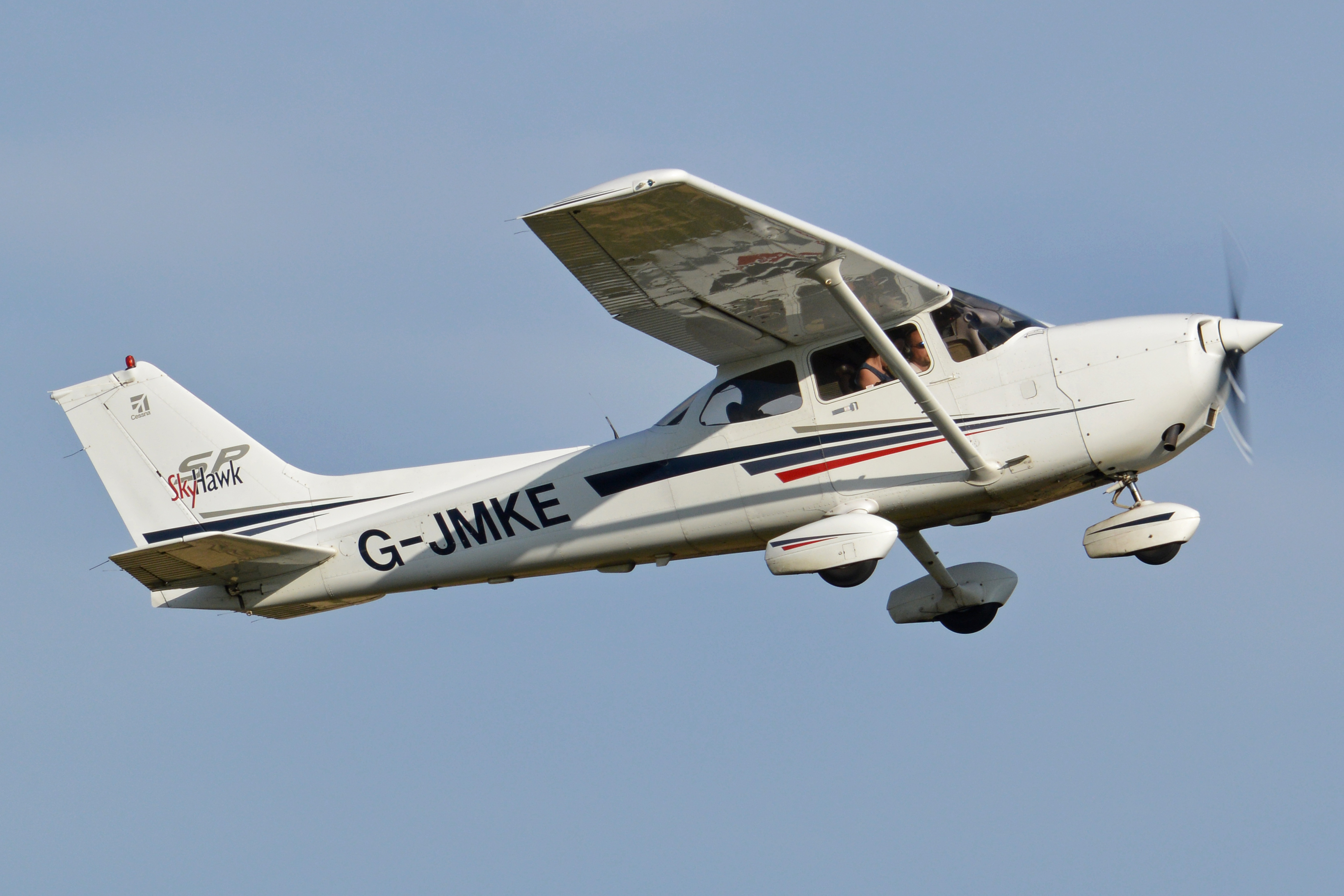Flight Operations
- Review Aerodynamics & Airplane Systems
- 1.1Explain the four forces which act on an airplane in flight
- 1.2Explain the angle of attack- Commercial Pilot-Aerodynamics and Performance
- 1.3Explain the basics of Aerodynamics
- 1.4Explain drag
- 1.5Explain thrust, stability, and center of gravity
- 1.6Explain weight and balance
- 1.7Demonstrate knowledge of aircraft components
- Pressure, Temperature & Density
- Weather
- 3.1Identify and explain the structure of the earth’s layers of the atmosphere, and become knowledgeable of the history of the study of meteorology
- 3.2Describe atmospheric conditions using appropriate weather terminology
- 3.3Demonstrate an understanding of frontal systems
- 3.4Demonstrate an understanding of wind speed, temperature, pressure & dew point
- 3.5Employ meteorological terminology and coding procedures
- 3.6Identify air masses and monitor daily weather phenomena
- 3.7Demonstrate an understanding of synoptic weather structure
- Weather Forecasting
- Weather Hazards
- Weather Tools
- IFR
- IFR
- IFR Navigation
Review Aerodynamics & Airplane Systems
Understanding Aircraft Components and Systems

Machine that is able to fly by gaining support from the air other than the reactions of the air against the earth’s surface.
In this unit, we will delve into the main components and systems of an aircraft. Understanding these elements is crucial for safe and efficient flight operations.
Main Components of an Aircraft
An aircraft is made up of several key components, each serving a specific purpose:
-
Fuselage: This is the main body of the aircraft, housing the cockpit, passengers, cargo, and most of the aircraft's equipment.
-
Wings: Wings are crucial for generating lift. They have a special shape, called an airfoil, designed to maximize lift while minimizing drag.
-
Empennage: This is the tail section of the aircraft, which includes the vertical stabilizer (or fin) and the horizontal stabilizer. These components help maintain the aircraft's stability in flight.
-
Landing Gear: This includes the wheels and struts that support the aircraft while it is on the ground. The landing gear absorbs the shock of landing and allows the aircraft to taxi.
-
Powerplant: This includes the engine and propeller (in propeller-driven aircraft) or jet engines (in jet aircraft). The powerplant provides the thrust necessary for flight.
Aircraft Systems
An aircraft has several systems that support its operation:
-
Propulsion System: This includes the engine and all the components that support its operation, such as the fuel system, ignition system, and cooling system.
-
Electrical System: This provides power for the aircraft's avionics, lights, and other electrical equipment.
-
Hydraulic System: This powers the aircraft's control surfaces, landing gear, and other systems that require significant force to operate.
-
Avionics System: This includes all the electronic systems used for communication, navigation, and flight control. Examples include the aircraft's radios, GPS, autopilot, and flight instruments.
Basic Aircraft Maintenance and Pre-Flight Checks
Proper maintenance is crucial for safe flight operations. This includes regular inspections and servicing of the aircraft's systems and components.
Before each flight, pilots perform a pre-flight check to ensure the aircraft is in good condition. This includes checking the condition of the aircraft's exterior, the operation of its control surfaces, the status of its systems, and the level of its fluids (such as fuel and oil).
In conclusion, understanding the components and systems of an aircraft is crucial for anyone involved in aviation. It allows pilots to operate their aircraft safely and efficiently, and it provides a foundation for learning more advanced topics in aviation.